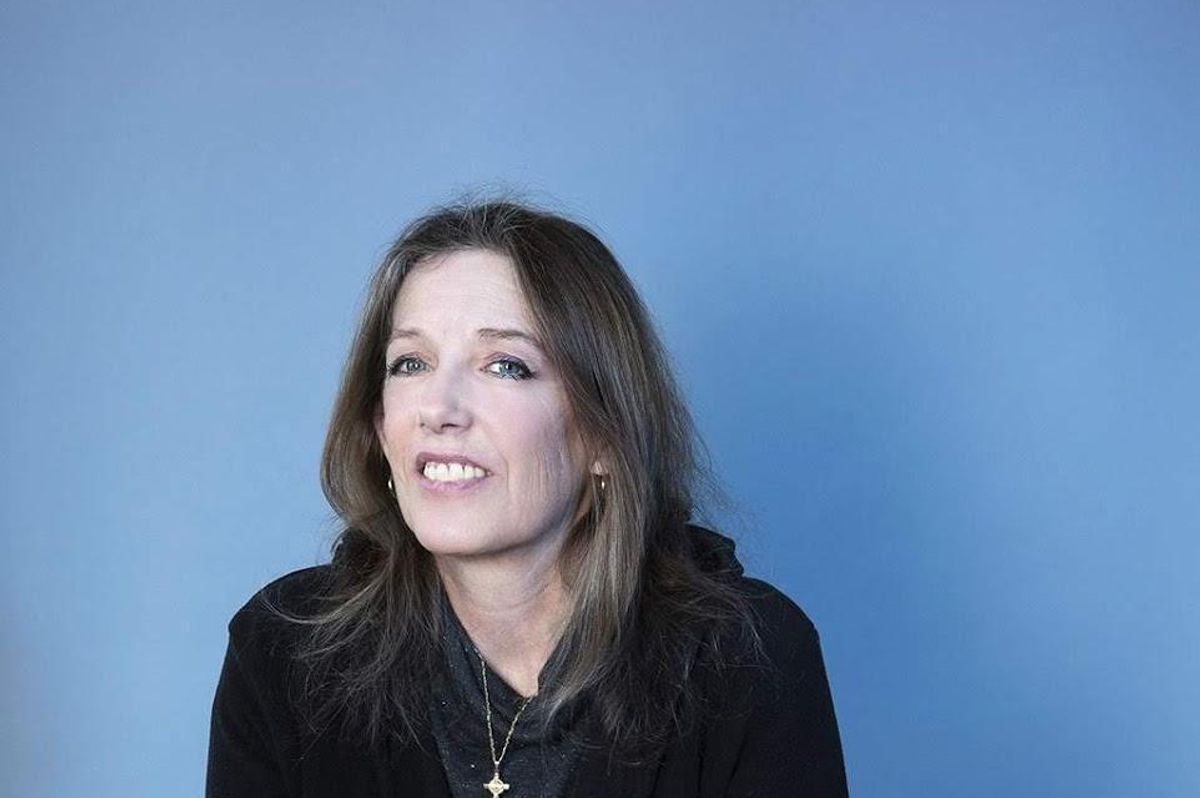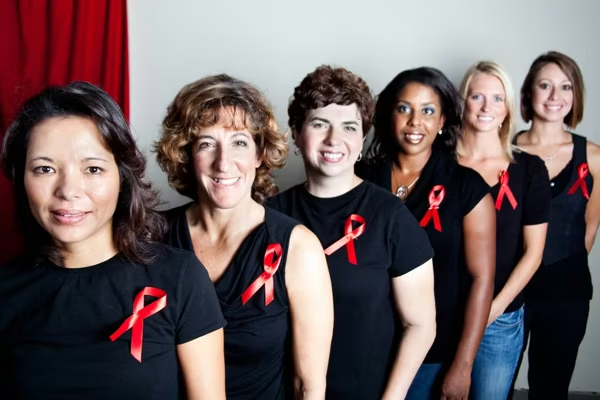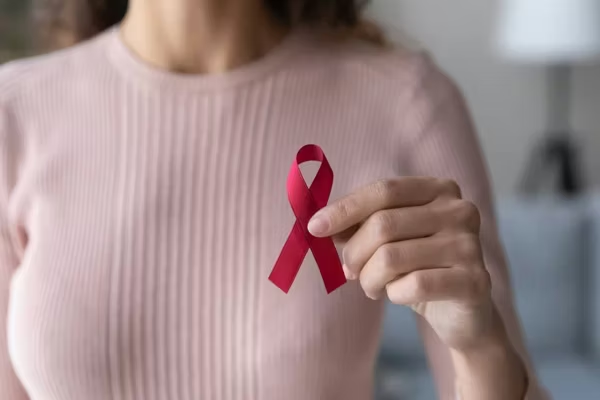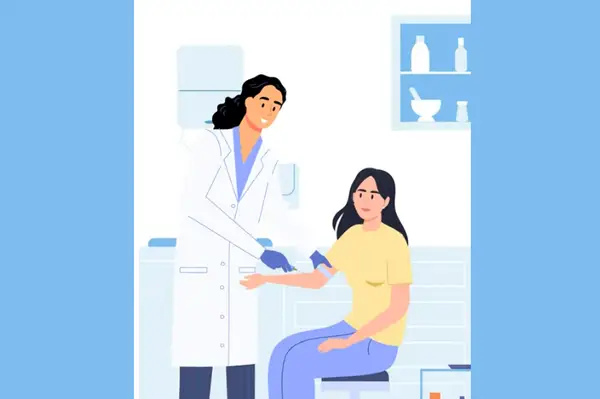As told to Erica Rimlinger
In 1985, I read magazine articles about a new, medical mass murderer: Human Immunodeficiency Virus, or HIV. It sounded awful but had nothing to do with my life. From everything I’d read and seen on TV, this newly discovered condition afflicted gay men and drug users. That wasn’t me. I was 28 years old and was seeing a man seriously, the first time I’d done so as a divorced, single mom.
What I didn’t know yet was that the new serial killer was already in my bloodstream. I had gotten HIV from my partner, the second intimate partner I’d ever had in my life. I knew next to nothing about sexually transmitted diseases in general and even less about HIV, the virus that causes AIDS.
Scientists didn’t know much about HIV either and were just beginning to learn. The only known fact about HIV was that it was a certain death sentence.
When my partner told me he was a former drug user, I said, “Let’s get tested.” But he insisted we were fine. We weren’t sick, after all. But I heard you could be HIV-positive and have no symptoms. I kept telling myself it was unlikely, but deep down I was scared. Then we both contracted a flu-like virus. We were sick for a couple of weeks. I continued to worry, even as the relationship ran its course and we broke up.
Finally, I got up the nerve to get tested — almost. At the time, you could test anonymously at the health department, getting your results two to three weeks later through an assigned number. But, instead of learning my results, I threw out my number. I was fine. I was a busy, full-time single mom. I wouldn’t worry about it anymore.
But I got sick again in 1990 and was hospitalized with pneumonia. My fever spiked to 105, and I almost died. I asked the doctors for an HIV test. They were reluctant to give it to me, and nobody gave me the results. At a follow-up appointment with my general practitioner, I asked about it. “The hospital didn’t tell you?” my doctor said. “It’s very bad.” He sent me to the closest clinic that saw AIDS patients.
Now I knew I had the virus and understood that I was most likely going to die soon. I was given the earliest medications for HIV at the clinic, but the results were not promising for anyone, and they had no effect on me either. AIDS impairs your immune response system, destroying immune helpers commonly called T cells. Healthy people have at least 500 of these cells in their blood, and I had only 23.
My mother was with me when I learned my diagnosis. My father had just died and now her daughter would, too. I couldn’t bring myself to tell my 10-year-old son. There was no internet, no Google, and no way I’d share my diagnosis with anyone because of the stigma surrounding AIDS.
I moved in with my mom, but I felt isolated and alone in my grief and needed to meet other people who had AIDS. I found a support group but almost didn’t walk in when I saw a group of men sitting in a circle. But I gathered all my courage and walked into the room. It was the best thing I’ve ever done.
I needed their support. In the following years, I was frequently sick. I contracted pancreatitis, was hospitalized with pneumonia again, and in 1996, was diagnosed with lymphoma. I thought that was the end, so I finally told my son about the illness. As expected, he was devastated. I thanked God for my mother for taking care of us both.
When I was 98 pounds, bald and sicker than I’d ever been, everyone in the HIV community got the news: New, better HIV drugs were available. We rushed to get them. For the first time in years, I saw an actual change in my bloodwork. My T cells increased, and I started feeling better. All over the world, people were still dying of AIDS, but the drugs had slowed their numbers.
I started working in outreach, going into the community, telling my story and encouraging prevention. I told high schoolers, “You don’t have to have a lot of partners. It only takes one.” As the mom of a high schooler, I didn’t look like what people may think a person with AIDS looks like. I looked like their moms.
In 2003, my virus load was declared “undetectable.” I’d still have to take medication, but I could count myself among the first survivors.
When I turned 50 in 2007, I developed arthritis and osteoporosis rapidly. Age, it seemed, would hit me quickly and hard. I experienced complications with my kidneys, a platelet crash with no explanation from my healthcare providers and other unexplained health issues. Was this because of the HIV? Or the long-term treatment of it? Nobody knew. People had never grown old with HIV before. At an AIDS conference, I connected with other long-term AIDS survivors and compared notes.
Three years ago, I became a member of the 50+ Strong and Healthy Cohorts of the National Minority AIDS Council and helped start up the National HIV and Aging Advocacy Network. Today, because of so many group advocacy efforts like these, our concerns are starting to get noticed. The medical profession is recognizing the problems faced by long-term AIDS survivors and studying the issues we’re having.
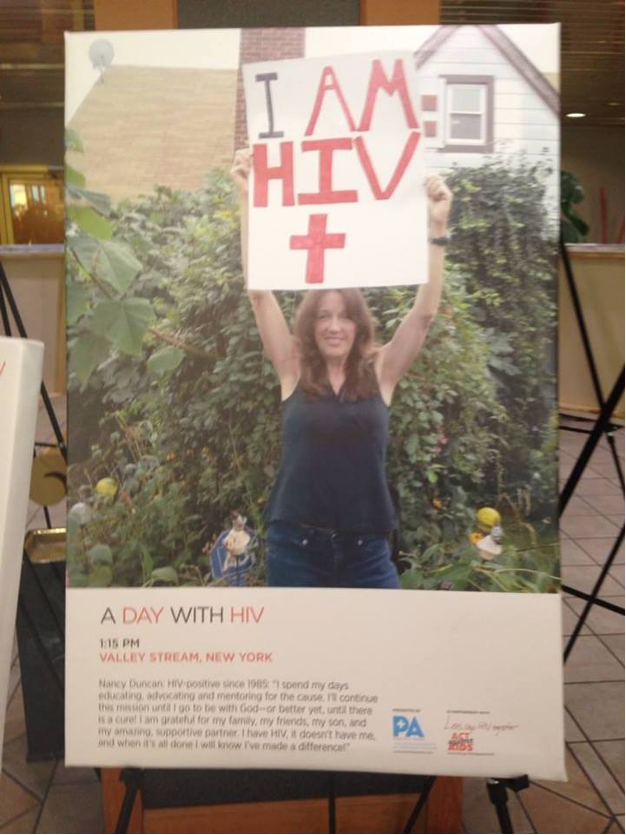
One problem that has emerged is drug resistance. Long-term survivors like me are developing resistance to medications and having to change meds. We need to know more about why and when this is happening and what long-term effects our medications are having on our kidneys, liver, hearts and brains.
In the meantime, I modify everything I can to live a healthy lifestyle. I use alternative therapies like meditation, massage and acupuncture. I’ve tried to reduce my risks for diabetes by walking a lot, exercising when I can, and staying away from junk foods and too much sugar. I stay on top of my blood pressure and cholesterol, and I never miss my medications. I try to stop illnesses early and be proactive about seeing my healthcare provider.
Not everything can be solved with self-care, and I don’t know if there’s any way to slow down what feels to me like rapid aging. My health is good, but as a person living with HIV, it will probably not be excellent. But good is great — even miraculous by 1985 standards.
Now that AIDS is no longer a looming death threat, I want to continue learning how to continually improve my quality of life and help all the survivors who follow in my footsteps. Living longer with HIV is the new normal, and I believe there are more miracles for us ahead.
This resource was created with support from BD, Merck and Janssen.
- Growing Older With HIV - HealthyWomen ›
- Stories of Black women aging with HIV: 'My life wasn't what I hoped it ... ›
- When Grandma Has HIV - HealthyWomen ›
- Human Immunodeficiency Virus (HIV) & Aging Survey ... ›
- Your Guide to HIV & Aging - HealthyWomen ›
- Aging with HIV Requires Whole Person Care - HealthyWomen ›
- PrEP and PEP: Prevention for HIV - HealthyWomen ›
- PPrE y PEP: Prevención para el VIH - HealthyWomen ›
- I Was the First Living Kidney Donor with HIV - HealthyWomen ›
- I Was Diagnosed with HIV When I Was 15. It’s Been a Journey of Learning to Love Myself Enough to Take My Meds. - HealthyWomen ›
- HIV/AIDS Support Group Finder - HealthyWomen ›
- HIV and Gynecological Health - HealthyWomen ›
- El VIH y la salud ginecológica - HealthyWomen ›

